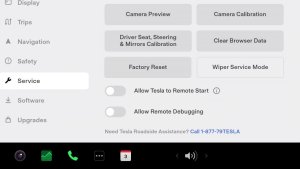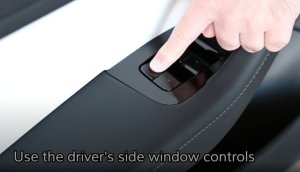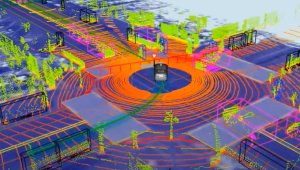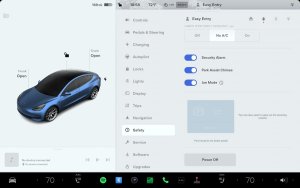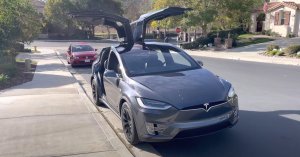Tesla Robotaxi: A Breakdown of Its New FSD Abilities
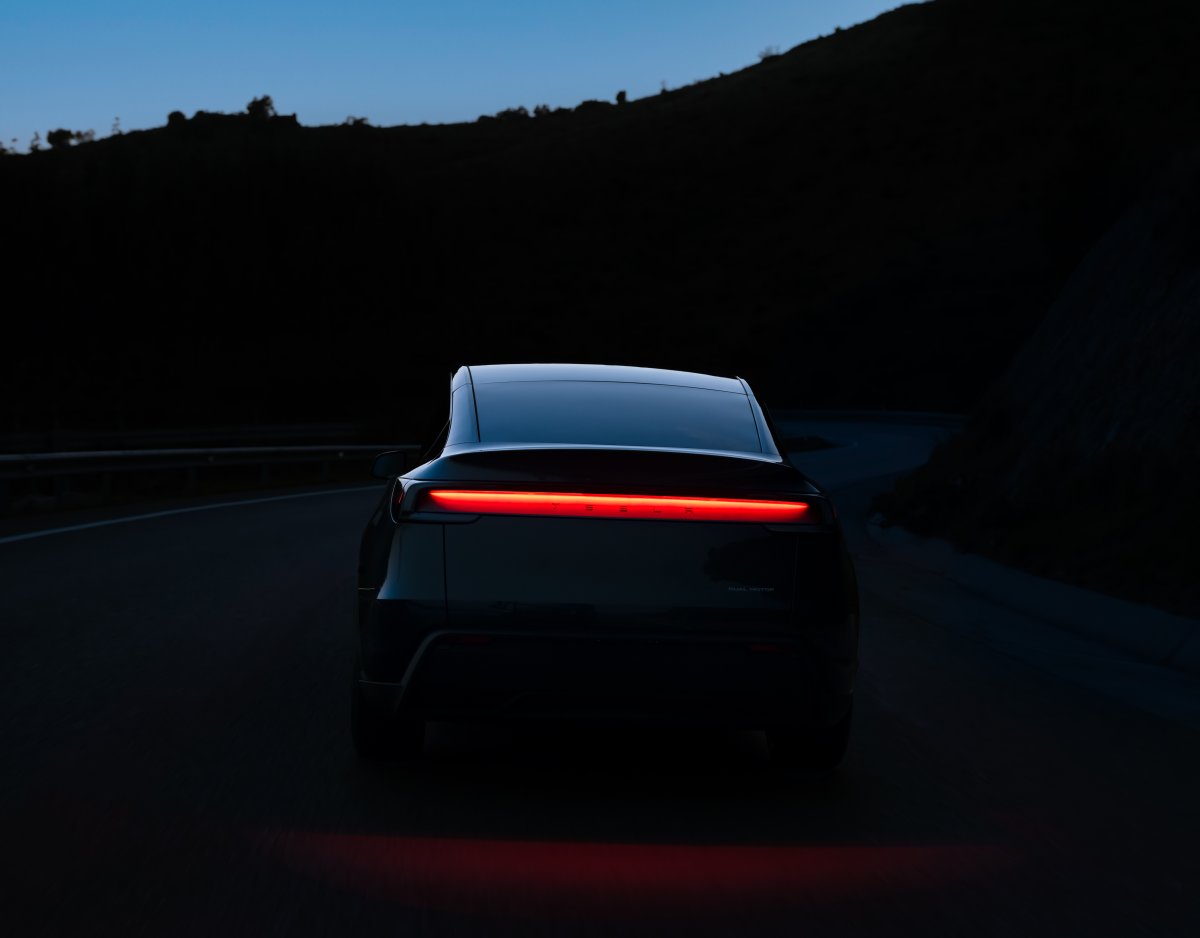
With the launch of Tesla’s Robotaxi Network, we didn't just get a peek into the future of transportation—we got a detailed look at the next version of FSD.
Videos from early access riders revealed some additional capabilities over current public FSD builds, showing off how it handles emergency vehicles and more.
Safety First for First Responders
One of the biggest changes in FSD’s capabilities is its improved handling of emergency vehicles. During a ride in Austin, Robotaxi is seen identifying an approaching ambulance using a combination of visual and audio data, activating its turn signal, and smoothly pulling over to the side of the road to let the ambulance by (video below).
This is a driving task that requires more than simple awareness of laws. It requires reasoning skills to determine where to move the vehicle to create a safe path, as well as the ability to quickly identify an ambulance or another emergency service vehicle with its sirens and lights activated. Understanding the context and executing a safe and predictable maneuver is crucial, as a wrong maneuver could actually make matters worse.
Robotaxi pulls over for an ambulance 🤩🤩 pic.twitter.com/QFdLggMiUy
— Dirty Tesla (@DirtyTesLa) June 23, 2025
For FSD and Robotaxi to gain both public trust and regulatory approval, this skill is non-negotiable, and Tesla demonstrated its advancements right here. It’s not surprising Tesla added this ability before Robotaxis made it to public roads.
This is a feature that Tesla previously mentioned would arrive as part of future updates to FSD V13, so expect it in future customer builds as well.
Automated Camera Cleaning
How does a fleet of Robotaxis keep its eyes clean without constant human intervention? Well, a clever new feature that Tesla has previously hinted at in their FSD release notes provides the answer. Robotaxi can now trigger a specific wiper and washer fluid sequence designed to clean the main front-facing cameras.
Tesla Robotaxi new wipers in action (clean camera mode) pic.twitter.com/aPPNEvAWQZ
— Adan Guajardo (@AdanGuajardo) June 22, 2025
This might seem like a small detail, but it’s a brilliant solution to one of Tesla’s primary challenges - maintaining sensor clarity. While the vehicle could simply wipe the windshield multiple times, this is a clever solution to clean the most important area of the windshield as thoroughly as possible by focusing extra wiper fluid and wipes on that area.
Complex Maneuvers
Two areas where current builds of FSD V13.2.9 sometimes show hesitation are U-turns and navigating busy parking lots. The latest Robotaxi build appears to improve on both of these areas.
This first video shows a Robotaxi performing a flawless U-turn with no hesitation, and then smoothly switching lanes to take a turn.
Robotaxi executes a flawless u-turn pic.twitter.com/aZ7BwWAqe0
— Dirty Tesla (@DirtyTesLa) June 23, 2025
Another video on X shows FSD’s updated confidence in navigating a complex parking lot for a precise drop-off. Today’s builds can sometimes struggle in parking lots, being slow and overly cautious when not needed, or too confident elsewhere. This appears to have been improved in these Robotaxi FSD builds with improved path planning and confidence.
Tesla Robotaxi service is just so smooth. Handles parking lots very well, noticeably better than the competitors pic.twitter.com/D5OxSrajCW
— Zack (@BLKMDL3) June 23, 2025
We’re also likely to see FSD begin to handle more complex destination options, including parking garages and driveways, which have been promised features for almost a year. The Robotaxi FSD build has also gained the ability to safely pull over on a road, similar to the ambulance example above, but it uses this capability to drop off and pick up passengers. This is a feature that was mentioned in FSD v13.2’s Upcoming Improvements section.
Better Nighttime Performance
Driving at night presents additional challenges, including headlight glare and reduced visibility. The latest version of FSD appears to handle it with almost the same grace as it does during the day. Remember that Tesla’s Robotaxis are available up until midnight. Early access riders mentioned that FSD is far smoother and is a step up from the behavior of current FSD builds.
Impressive nighttime performance from Tesla Robotaxi, dropping us off at In-N-Out as smoothly as it did during the day. pic.twitter.com/yQOhphtR0q
— Zack (@BLKMDL3) June 23, 2025
Human Support
Now, what happens when a passenger feels unsafe or has a critical question? Tesla has placed two key buttons on the rear screen for just those purposes. Users are given control over the ability to Call Support, which almost instantly connects them with a real human agent at Tesla’s Robotaxi Operations Center via video call.
Here’s what happens when you hit the support button in Tesla’s Robotaxi’s.
— Sawyer Merritt (@SawyerMerritt) June 22, 2025
A live agent answered almost immediately. pic.twitter.com/MIeY1ehz47
While it isn’t a fundamental driving feature, it does mean that Tesla’s team can provide support to Robotaxi vehicles remotely, like issuing directive commands to have a vehicle proceed straight, rather than attempting to turn through a gated community.
The other option, Pull Over, allows a rider to immediately request the vehicle to safely pull over, which it will do when it can find a safe and open location. At this point, you can either continue your trip or get out of the Robotaxi.
Both options prompt you with an “Are You Sure?” button before letting you continue, which means you won’t have your Robotaxi ride come to an abrupt stop if you tap the ‘Pull Over’ button by accident.
What This Means for Tesla Owners
These features are likely to be included in future FSD builds. This is essentially the new benchmark by which to judge FSD, at least once it begins rolling out to customer vehicles.
Many of the core driving improvements, such as the more confident maneuvering and emergency vehicle response, will make their way to the wider fleet in upcoming FSD updates.
Remember - Robotaxi isn’t just a service, it is also a preview of Tesla’s driverless FSD builds.











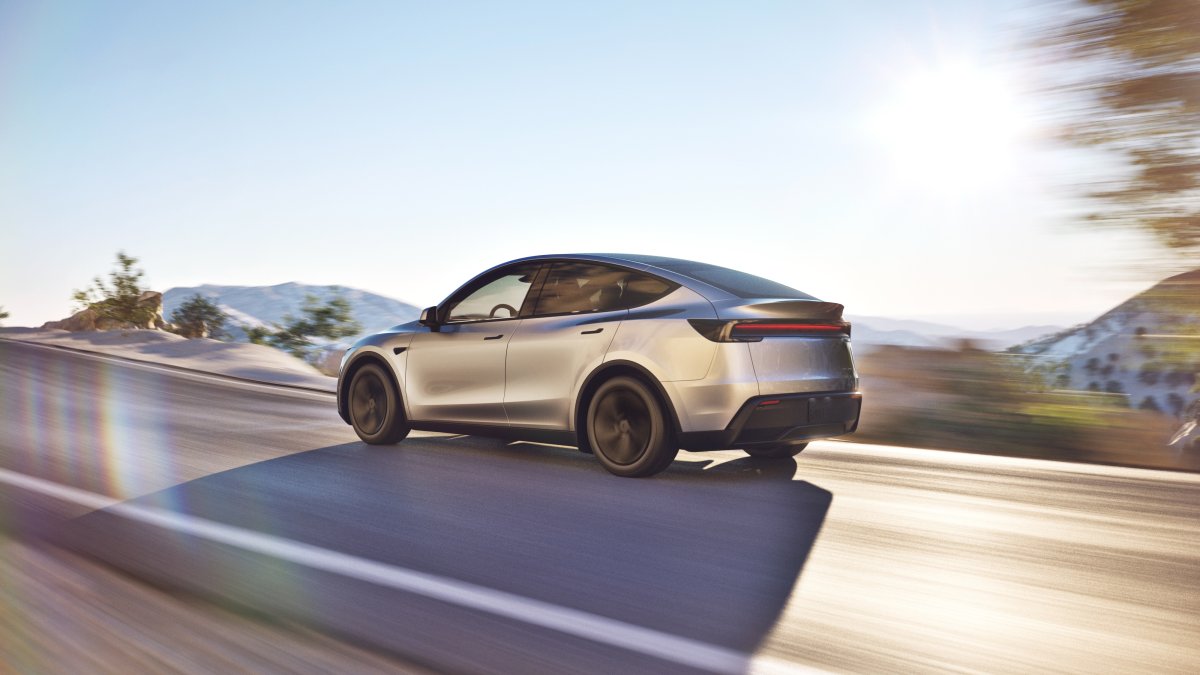
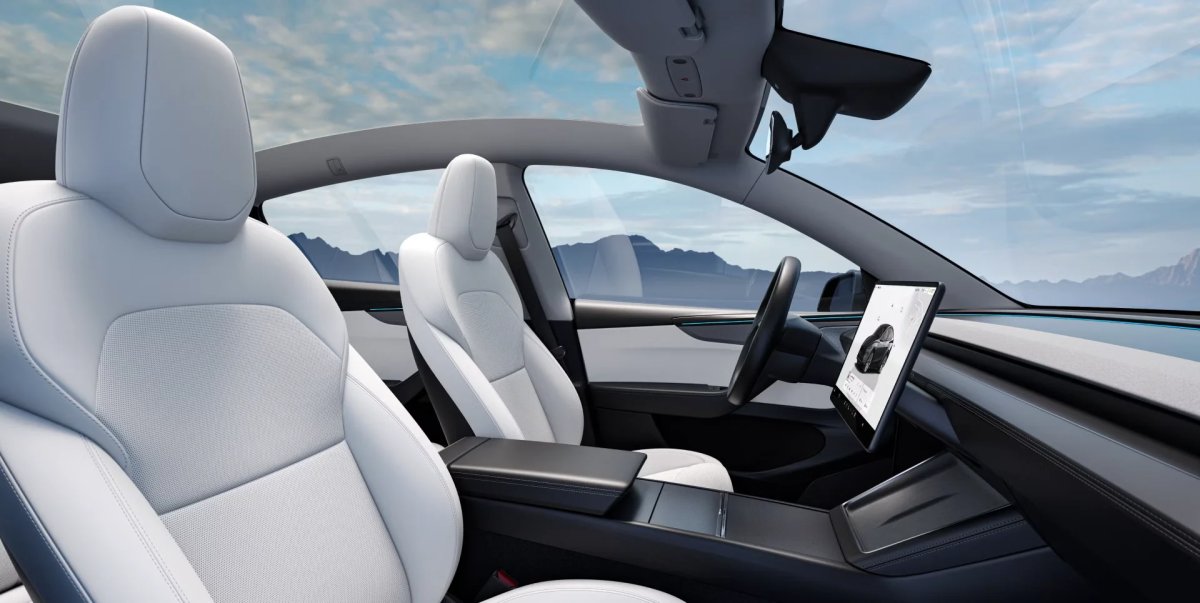
![Tesla Autonomously Delivers Its First Vehicle to Customer — And It’s More Impressive Than Expected [VIDEO]](https://www.notateslaapp.com/img/containers/article_images/model-y-2025/newmodely_77.jpg/382e0312c769d0bb2e1234f7ac556fad/newmodely_77.jpg)

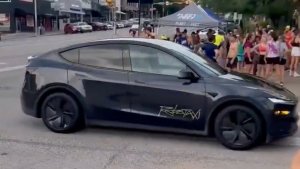
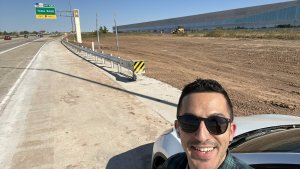
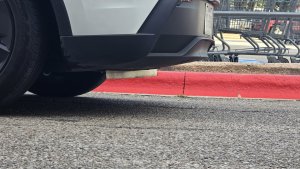
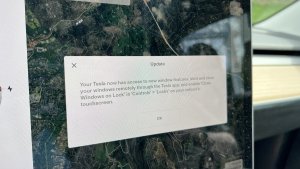
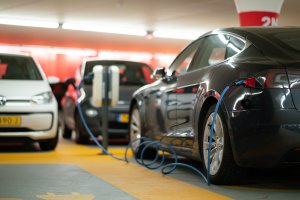
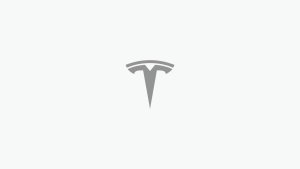
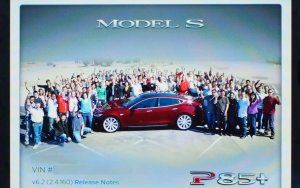
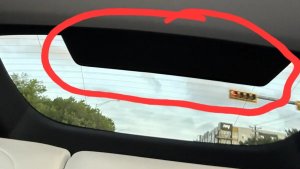

![First Recorded Tesla Robotaxi Intervention: UPS Truck Encounter [VIDEO]](https://www.notateslaapp.com/img/containers/article_images/2025/robotaxi_model_y.jpg/3036d8b53214c2d071c978c42911e451/robotaxi_model_y.jpg)
![First Look at Tesla's Robotaxi App and Its Features [PHOTOS]](https://www.notateslaapp.com/img/containers/article_images/tesla-app/robotaxi-app/robotaxi-app-tips.webp/e643a61975bf712d18dc9aa9a48fdb01/robotaxi-app-tips.jpg)
![Tesla’s New Camera Cleaning Feature and the Future of Cleaning Robotaxis [VIDEO]](https://www.notateslaapp.com/img/containers/article_images/2024/windshield-rain-droplets.jpg/8335f3020509dab3cdb56c1a91d054a9/windshield-rain-droplets.jpg)
